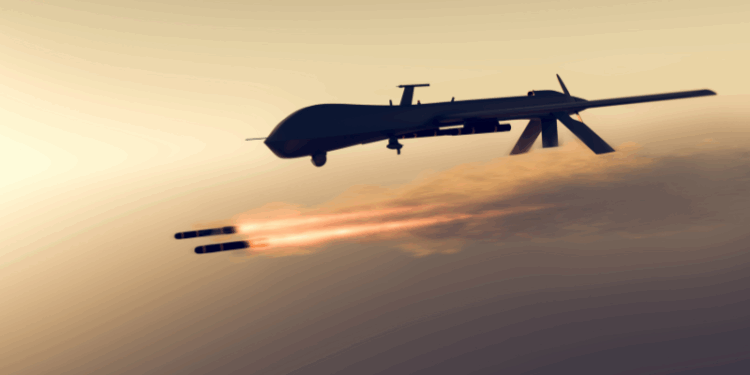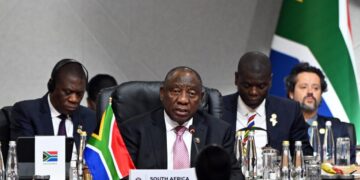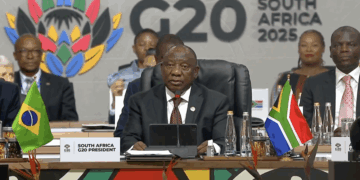On the night of May 25–26, Russia carried out its biggest aerial assault against Ukraine, deploying over 350 drones and missiles. Ukrainian air defenses intercepted 45 missiles and 266 drones, but dozens reached civilian areas, killing at least 13 people and injuring more than 60 across multiple regions.
Officials called the attacks the worst since the conflict began in 2022. Targets included Kyiv and Zhytomyr, where children were among the casualties. The Ukrainian Air Force described the operation as the largest by volume. NATO’s air defense strategy guides member states on responding to such aerial threats.
The attack drew immediate political responses. U.S. President Donald Trump condemned Russia, warning that continued escalation would lead to its downfall and hinting at new sanctions. He expressed frustration over the ongoing violence, saying, “He’s killing a lot of people. I don’t like it at all.”
Ukrainian leaders urged stronger international pressure, including tougher sanctions and diplomatic action, to halt the violence. Russia defended its actions as retaliation for attacks on its infrastructure. At the same time, Russian air defenses intercepted about 20 inbound drones.
Diplomatic talks showed some progress with a recent phone call between Russian and Ukrainian leaders, resulting in a preliminary 30-day ceasefire agreement. However, only one side publicly committed to the truce, and observers remain skeptical, seeing current proposals as potential delays. The conflict still affects about 20% of Ukrainian territory, including long-held contested regions.
The surge in attacks followed a prisoner exchange involving 1,000 detainees. Despite this, lasting peace remains elusive. Analysts recommend monitoring official updates from the OSCE Conflict Prevention Center and the European Union’s Common Foreign and Security Policy.










